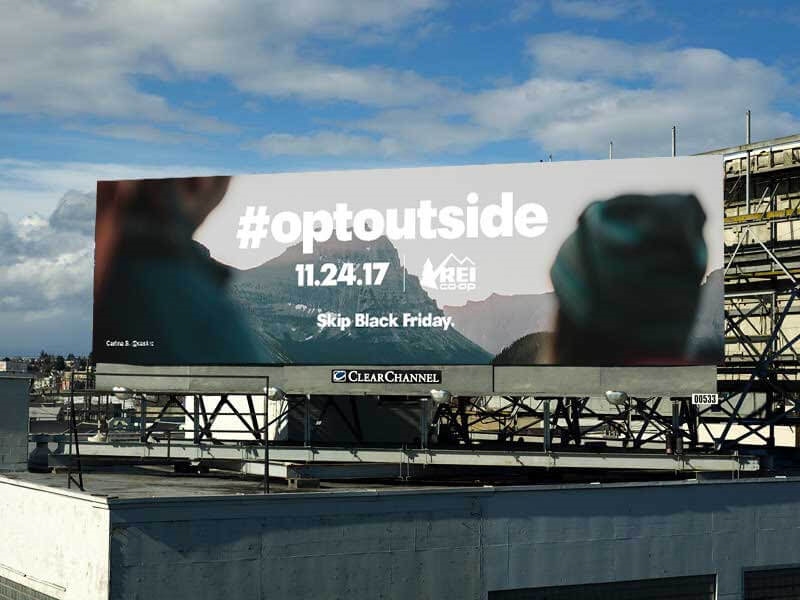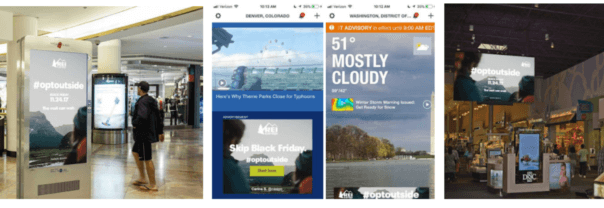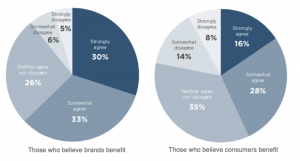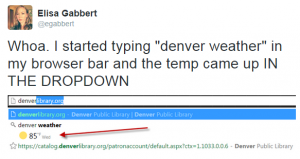Campaign was a collaboration between the retailer, Vistar Media and LiveRamp and delivered 3.6x lift in store visits.

At a time of declining traditional media budgets, out-of-home (OOH) seems to have found a way forward. The combination of OOH with digital and mobile-location data is proving to be very effective.
A case in point is REI’s ongoing #OptOutside campaign. The anti-Black Friday ads have been running for about three years. Most recently, the campaign combined OOH/digital OOH (DOOH) and mobile with location data to deliver a 14 percent lift in brand awareness and 7 percent lift in purchase intent. Most importantly, it caused a 3.6x lift in store visitation compared with a control group not exposed to the multichannel campaign.
The campaign ran in Washington D.C., Denver and San Francisco and was a collaboration between the outdoor retailer, Vistar Media and LiveRamp. REI used LiveRamp to anonymize its first-party data so that it could be exported to third-party vendors. Vistar took that data and determined “high propensity areas” offline where REI customers and prospects (essentially lookalikes) were likely to be throughout the day in those three cities.

Examples from REI’s #OptOutside out-of-home and digital campaign.
Vistar then executed a multichannel campaign with digital OOH and mobile. Clear Channel delivered traditional OOH.
The benefit of DOOH is that placements and ad exposures can move during the day to reach the intended audience, based on location data and historical movement patterns. In others words, if the targeted audience is at point A in the morning and point B in the late afternoon, DOOH can adapt to those movements and only show ads in those locations.
Exposures can then be tracked to offline visits and sales with POS/CRM integration, though that wasn’t a part of this campaign. Similarly, customers who visit stores can be retargeted on mobile devices or with OOH/DOOH placements.
Partly as a consequence of the campaign’s performance, REI is increasing its percentage of media spend allocated to OOH to about 15 percent of the overall marketing mix. That’s up from zero three years ago.
Marketing Land – Internet Marketing News, Strategies & Tips
(40)







